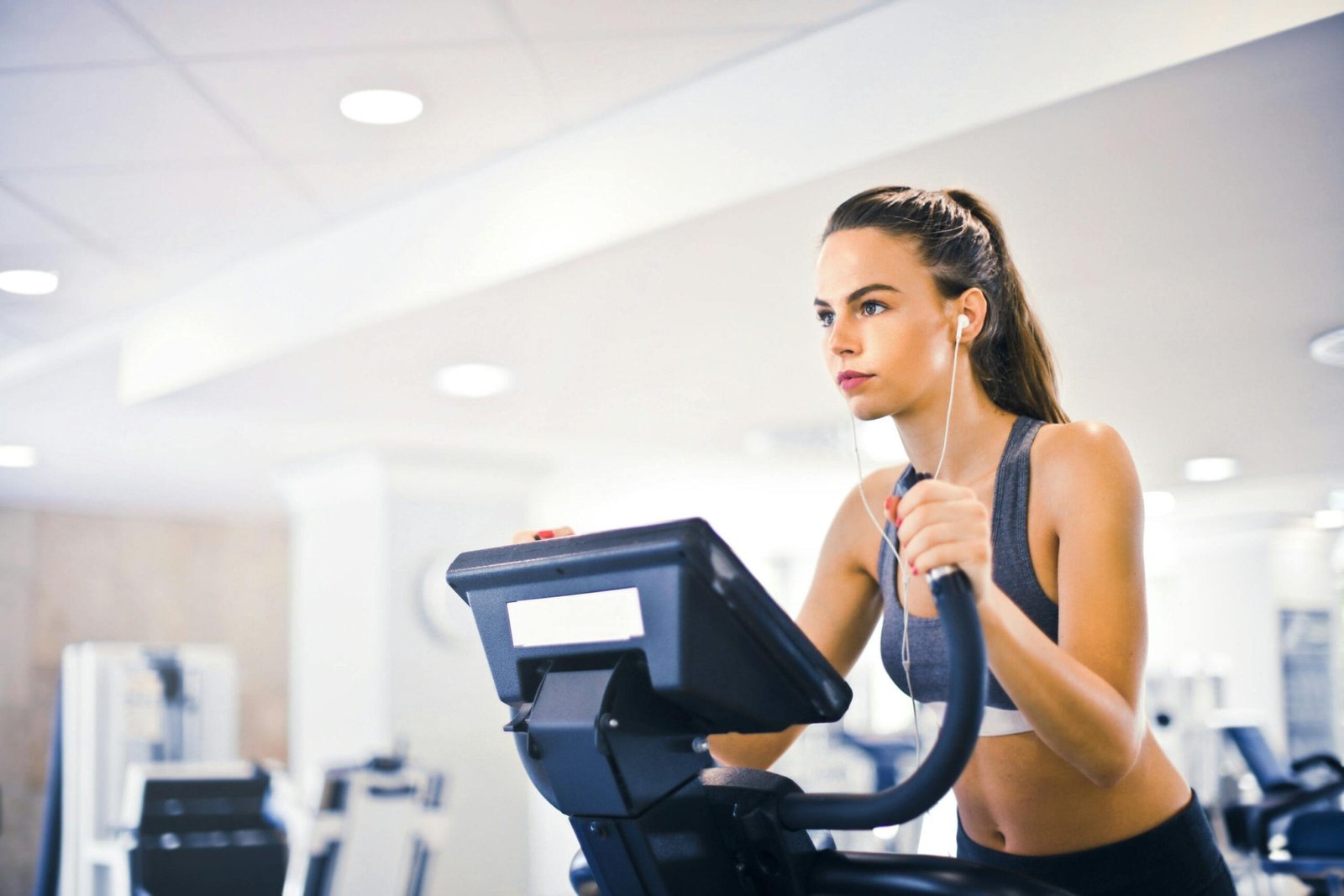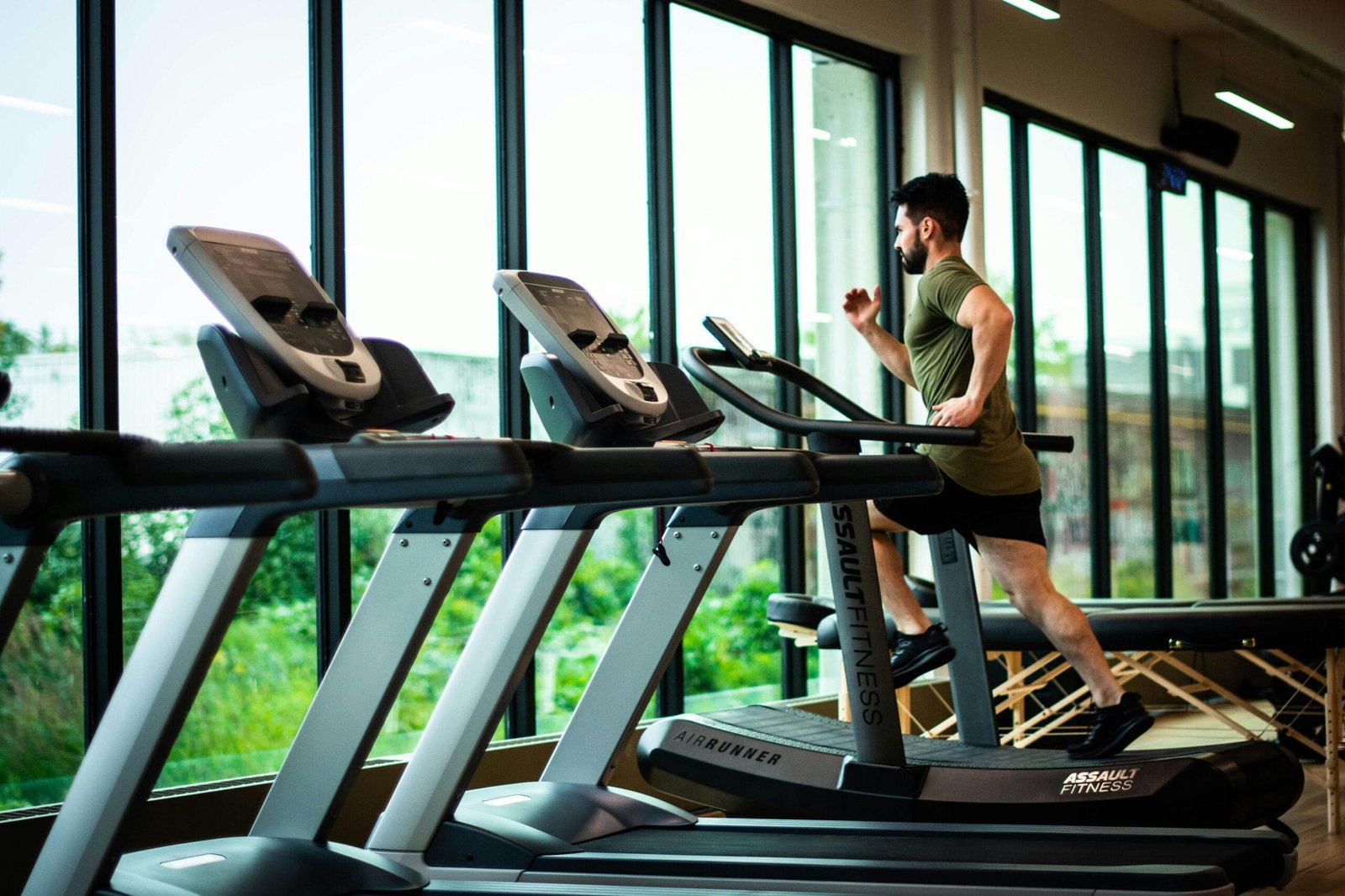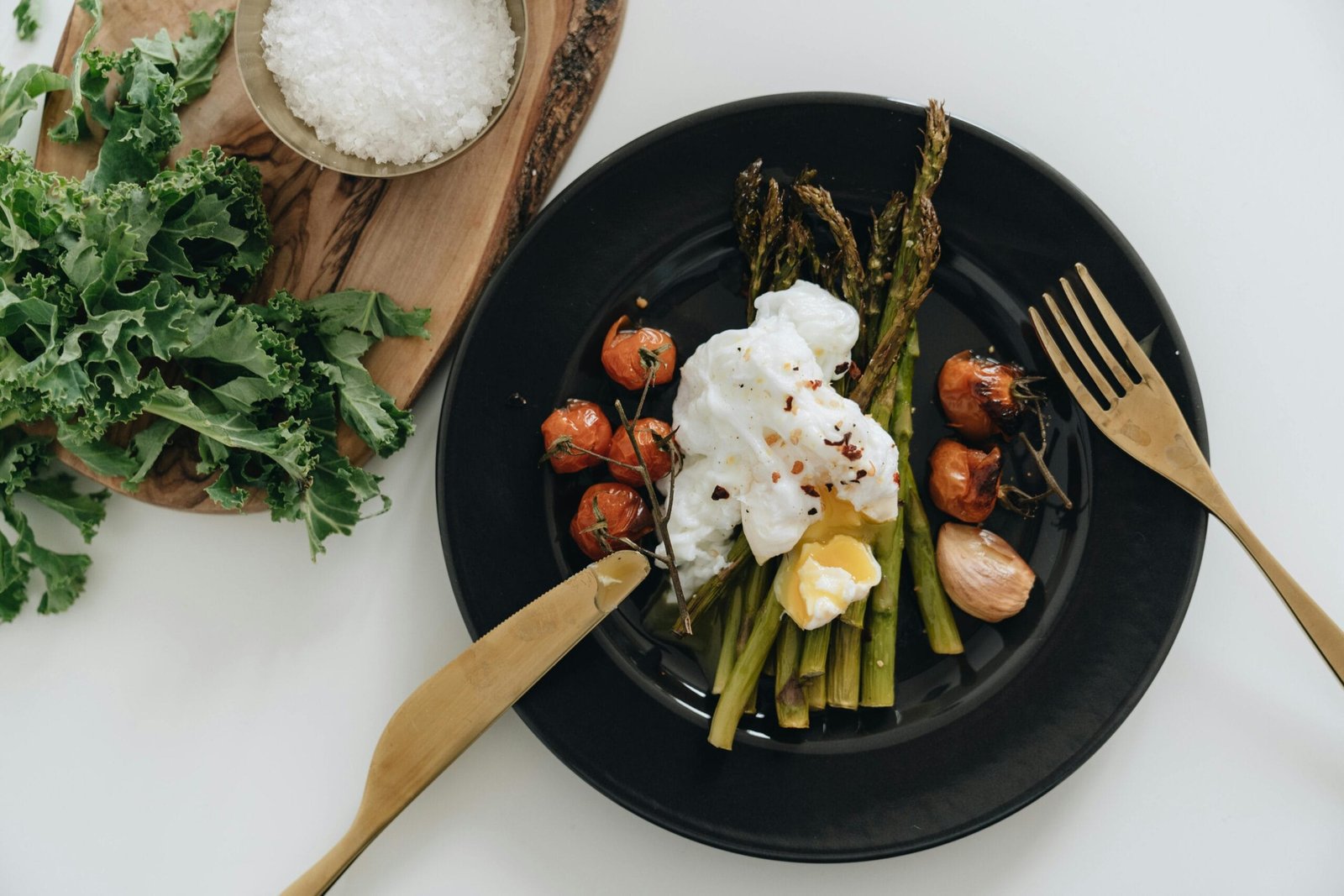Introduction
Starting a fitness journey is an empowering decision, especially for women who are new to the gym. This workout plan is designed to help you ease into regular exercise, build a solid foundation, and develop a routine that supports your health and wellness goals. The purpose of this guide is to offer a structured, beginner-friendly plan that is both effective and manageable.
Benefits of Exercising for Beginners
Exercising has numerous benefits, particularly for those just starting out. As a beginner, you’ll experience improvements in physical health, including increased cardiovascular fitness, muscle strength, and flexibility. Regular workouts can also enhance mental well-being by reducing stress, boosting mood, and improving overall energy levels. Additionally, starting a fitness routine can help you establish healthy habits, promote better sleep, and build confidence.
Importance of Consistency and Patience
Fitness is a gradual process, and success comes with consistent effort and patience. It’s crucial to remember that results take time. Instead of focusing solely on immediate outcomes, appreciate the small victories and improvements along the way. Establishing a regular routine and sticking with it, even when motivation wanes, is key to long-term success.
- Pre-Workout Preparation
Before diving into your new workout routine, it’s essential to prepare effectively to ensure a safe and successful experience.
Assessing Fitness Level and Setting Goals
Start by evaluating your current fitness level. This can involve noting how much you can lift, how long you can sustain cardio exercises, and your overall flexibility. Setting clear, achievable goals will give you direction and motivation. Goals might include increasing your endurance, building muscle strength, or simply establishing a regular workout habit.
Choosing the Right Gym and Equipment
Selecting a gym that fits your needs is important. Look for a facility that is convenient, well-equipped, and comfortable. Consider gyms with a supportive community, helpful staff, and a range of equipment that suits your fitness goals. If a gym isn’t an option, many effective workouts can be done at home with minimal equipment.
Proper Workout Attire and Gear
Wearing the right workout attire can significantly impact your performance and comfort. Choose moisture-wicking, breathable fabrics that allow freedom of movement. Invest in supportive, well-fitting athletic shoes to prevent injuries. Additionally, having the right gear, such as a water bottle and a towel, can enhance your workout experience.
Warm-Up and Stretching Importance
Warming up before exercise prepares your body by increasing blood flow to muscles and improving flexibility. A proper warm-up can reduce the risk of injury and enhance performance. Stretching, both before and after your workout, helps to increase range of motion and aids in recovery
Weekly Workout Schedule
To help you establish a balanced routine, here’s an overview of your weekly workout schedule:
- Day 1: Full Body Workout
- Day 2: Lower Body Focus
- Day 3: Rest or Active Recovery
- Day 4: Upper Body Focus
- Day 5: Cardio and Core
- Day 6: Full Body Workout
- Day 7: Rest or Light Activity
This schedule incorporates a mix of strength training, cardio, and rest to ensure a well-rounded fitness program. Rest days are essential for recovery and muscle growth, so listen to your body and make adjustments as needed.
- Workout Plan Details
Here’s a detailed breakdown of each day’s workout to guide you through the week.
Day 1: Full Body Workout
- Warm-Up: 5-10 minutes of light cardio such as brisk walking or cycling. This gets your heart rate up and prepares your muscles for exercise.
- Strength Training:
- Squats: 3 sets of 10-12 reps. This exercise targets your quads, hamstrings, and glutes.
- Dumbbell Bench Press: 3 sets of 10 reps. Focuses on your chest, shoulders, and triceps.
- Lat Pulldown: 3 sets of 10 reps. Works the back and biceps.
- Dumbbell Rows: 3 sets of 10 reps. Strengthens your back muscles.
- Plank: 3 sets of 30 seconds. Enhances core stability.
- Cool Down: 5-10 minutes of stretching to relax your muscles and aid recovery.
Day 2: Lower Body Focus
- Warm-Up: 5-10 minutes of light cardio to prepare your lower body for the workout.
- Strength Training:
- Leg Press: 3 sets of 10 reps. Targets the quads, hamstrings, and glutes.
- Lunges: 3 sets of 12 reps each leg. Works on balance and leg strength.
- Leg Curls: 3 sets of 10 reps. Focuses on the hamstrings.
- Calf Raises: 3 sets of 15 reps. Strengthens the calves.
- Cool Down: 5-10 minutes of stretching, especially for the lower body.
Day 3: Rest or Active Recovery
Engage in light activities that keep you moving without putting too much strain on your body. Options include yoga, walking, or gentle stretching. Active recovery helps maintain flexibility and reduces muscle soreness.
Day 4: Upper Body Focus
- Warm-Up: 5-10 minutes of light cardio.
- Strength Training:
- Shoulder Press: 3 sets of 10 reps. Targets the shoulders and triceps.
- Dumbbell Bicep Curls: 3 sets of 12 reps. Focuses on the biceps.
- Tricep Dips: 3 sets of 10 reps. Strengthens the triceps.
- Push-Ups: 3 sets of 10 reps. Works the chest, shoulders, and triceps.
- Cool Down: 5-10 minutes of stretching, especially for the upper body.
Day 5: Cardio and Core
- Cardio: 20-30 minutes of moderate-intensity cardio, such as jogging or using an elliptical. This improves cardiovascular fitness and helps with calorie burning.
- Core Exercises:
- Bicycle Crunches: 3 sets of 15 reps each side. Strengthens the obliques and rectus abdominis.
- Russian Twists: 3 sets of 20 reps. Targets the obliques and improves core strength.
- Leg Raises: 3 sets of 10 reps. Focuses on the lower abs.
- Cool Down: 5-10 minutes of stretching.
Day 6: Full Body Workout
- Warm-Up: 5-10 minutes of light cardio.
- Strength Training:
- Deadlifts: 3 sets of 10 reps. Engages the entire body, particularly the back, glutes, and hamstrings.
- Pull-Ups or Assisted Pull-Ups: 3 sets of 5-10 reps. Works the back and biceps.
- Dumbbell Shoulder Press: 3 sets of 10 reps. Targets the shoulders and triceps.
- Bodyweight Squats: 3 sets of 15 reps. Focuses on the lower body.
- Cool Down: 5-10 minutes of stretching.
Day 7: Rest or Light Activity
Choose a light activity that helps you recover from the week’s workouts. Options include light yoga, walking, or stretching to keep your body relaxed and ready for the upcoming week.
- Nutrition and Hydration Tips
Importance of a Balanced Diet
A balanced diet is crucial for overall health and fitness. Focus on consuming a variety of foods, including lean proteins, whole grains, healthy fats, and plenty of fruits and vegetables. Proper nutrition supports energy levels, muscle recovery, and overall well-being.
Pre- and Post-Workout Nutrition
Eating the right foods before and after your workout can significantly impact your performance and recovery. Before exercising, opt for a light snack that combines protein and carbohydrates, such as a banana with a small amount of peanut butter. After your workout, aim for a meal that includes protein and carbohydrates to aid muscle recovery and replenish glycogen stores.
Staying Hydrated Throughout the Day
Hydration is essential for optimal workout performance and overall health. Drink water throughout the day, not just during your workout. Aim for at least 8 glasses of water daily, and more if you’re engaging in intense exercise or sweating heavily.
- Tracking Progress
Keeping a Workout Journal
Maintaining a workout journal can be a valuable tool for tracking your progress and staying motivated. Record your workouts, including exercises, sets, reps, and weights used. Note how you feel after each session and any improvements you notice.
Monitoring Improvements in Strength and Endurance
Regularly assess your progress to stay motivated and make necessary adjustments to your plan. Track improvements in strength, endurance, and overall fitness. Celebrate milestones and use them as motivation to continue pushing towards your goals.
Adjusting the Workout Plan as Needed
As you progress, you may need to adjust your workout plan to keep challenging yourself and avoid plateaus. Increase weights, add new exercises, or modify your routine based on your evolving fitness level and goals.
- Safety and Injury Prevention
Proper Form and Technique
Maintaining proper form during exercises is crucial to avoid injuries and ensure effectiveness. If you’re unsure of your form, consider working with a trainer or watching instructional videos to learn the correct techniques.
Listening to Your Body and Avoiding Overtraining
Pay attention to how your body responds to exercise. If you experience pain or extreme fatigue, it may be a sign that you’re overtraining. Ensure you’re getting adequate rest and recovery time to prevent injuries and allow your body to heal.
When to Seek Professional Advice or Assistance
If you’re unsure about your form, experience persistent pain, or have specific fitness goals, consider seeking professional advice. Trainers, physical therapists, or fitness coaches can provide personalized guidance and support to help you achieve your goals safely.
Conclusion
Embarking on a fitness journey as a beginner is a commendable step towards improving your health and well-being. This workout plan provides a solid foundation to help you start and maintain a consistent exercise routine. Stay committed, be patient, and celebrate each step of progress. Embrace the journey, and remember that every effort you put in brings you closer to a healthier, more confident version of yourself. Keep challenging yourself, and enjoy the numerous benefits of a regular fitness routine.





Your article helped me a lot, is there any more related content? Thanks!